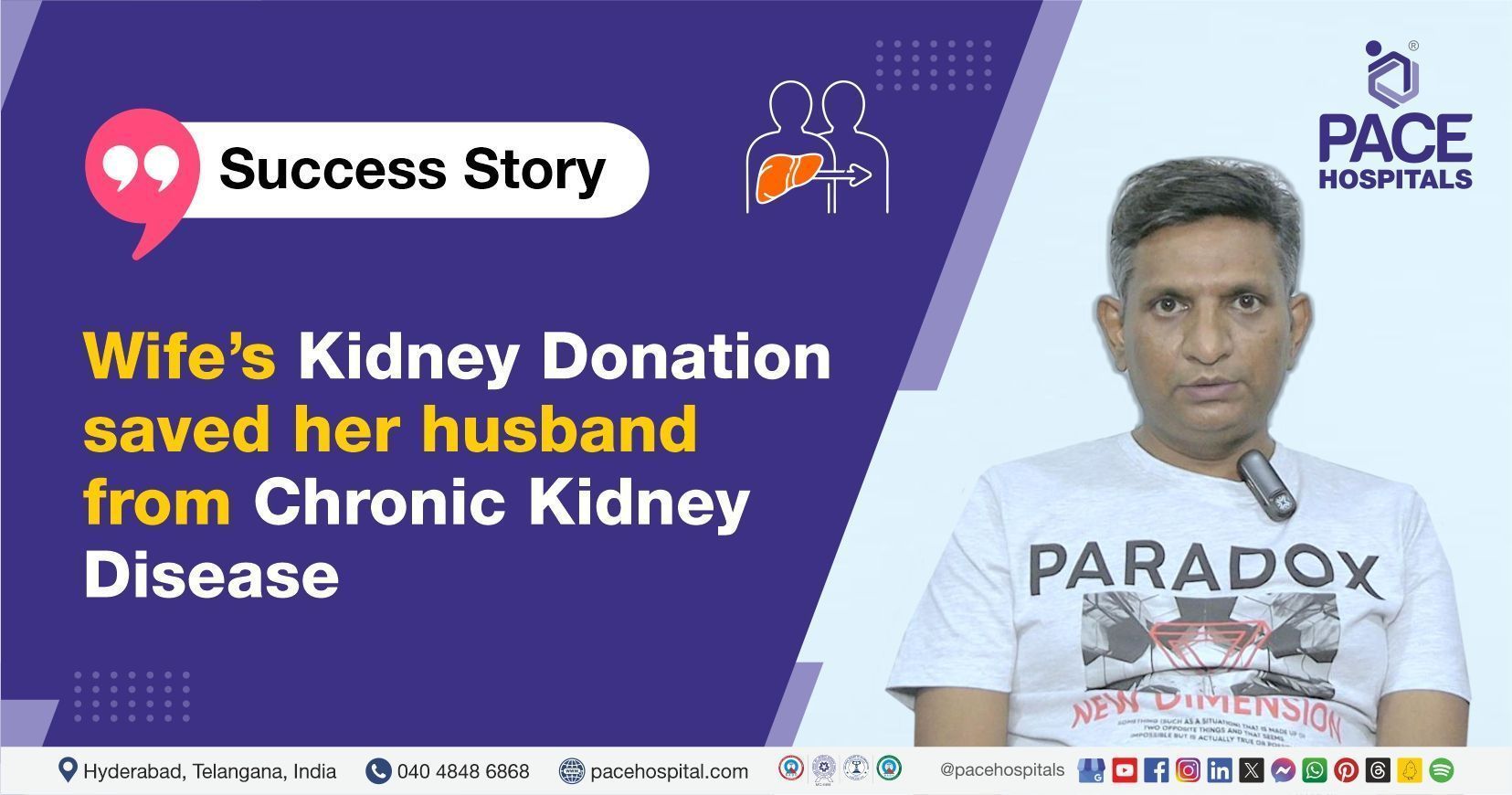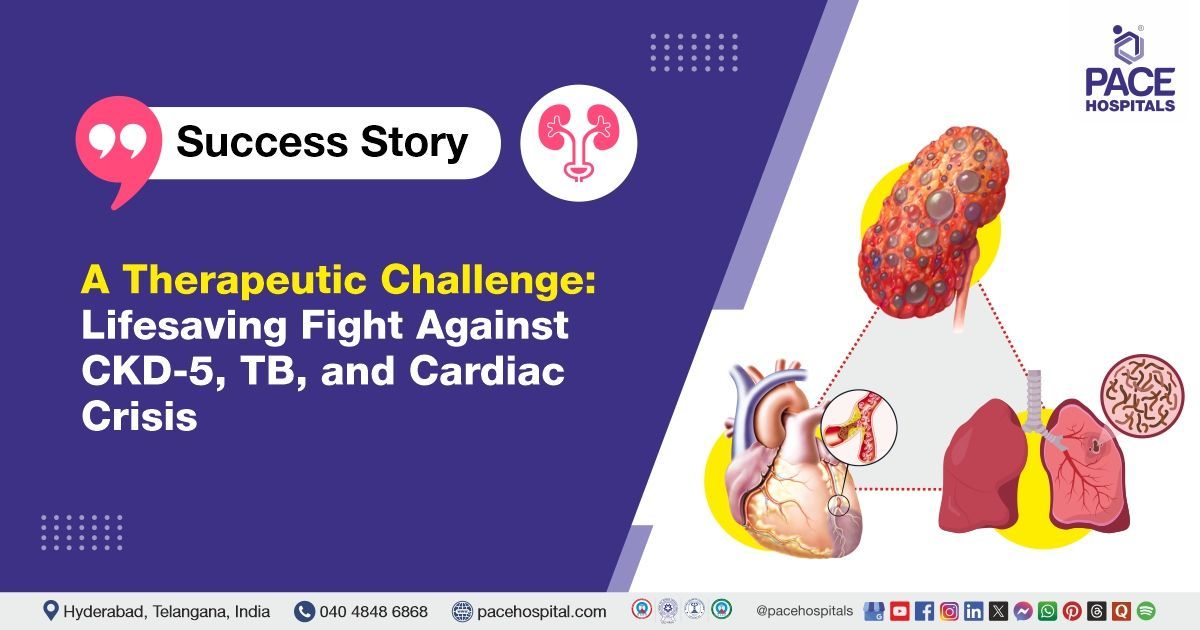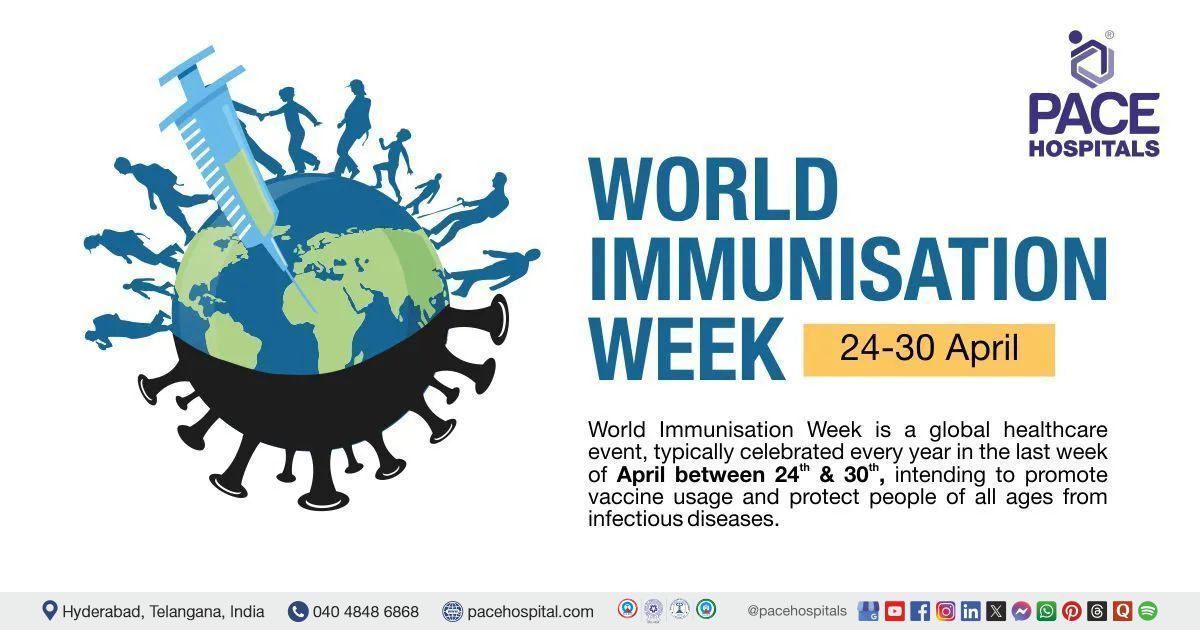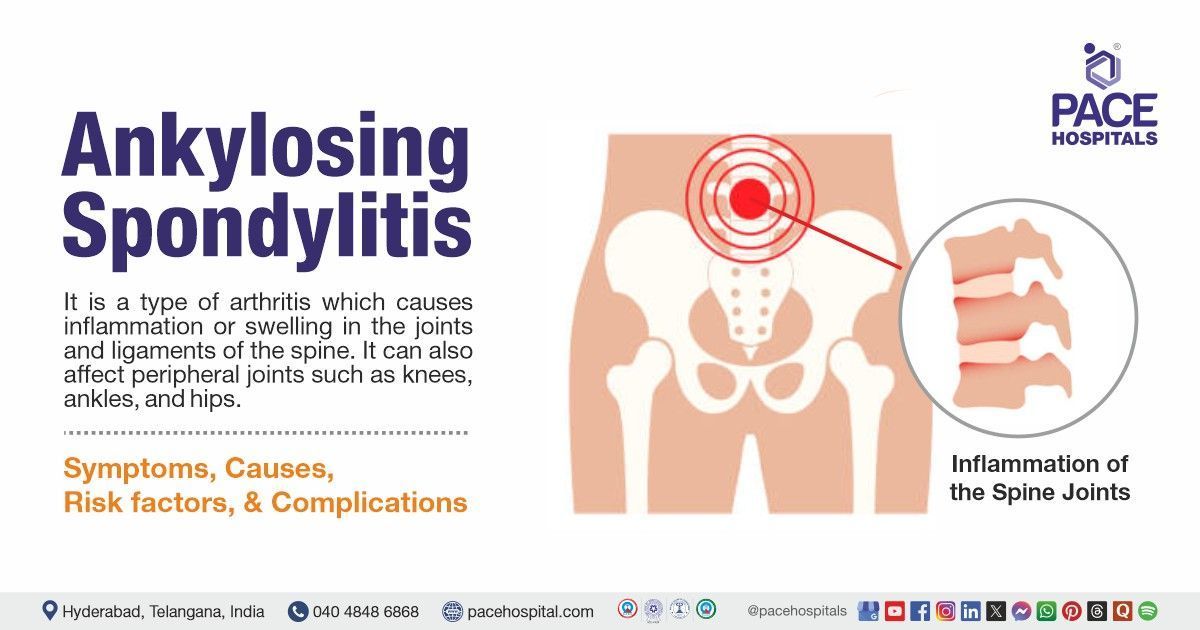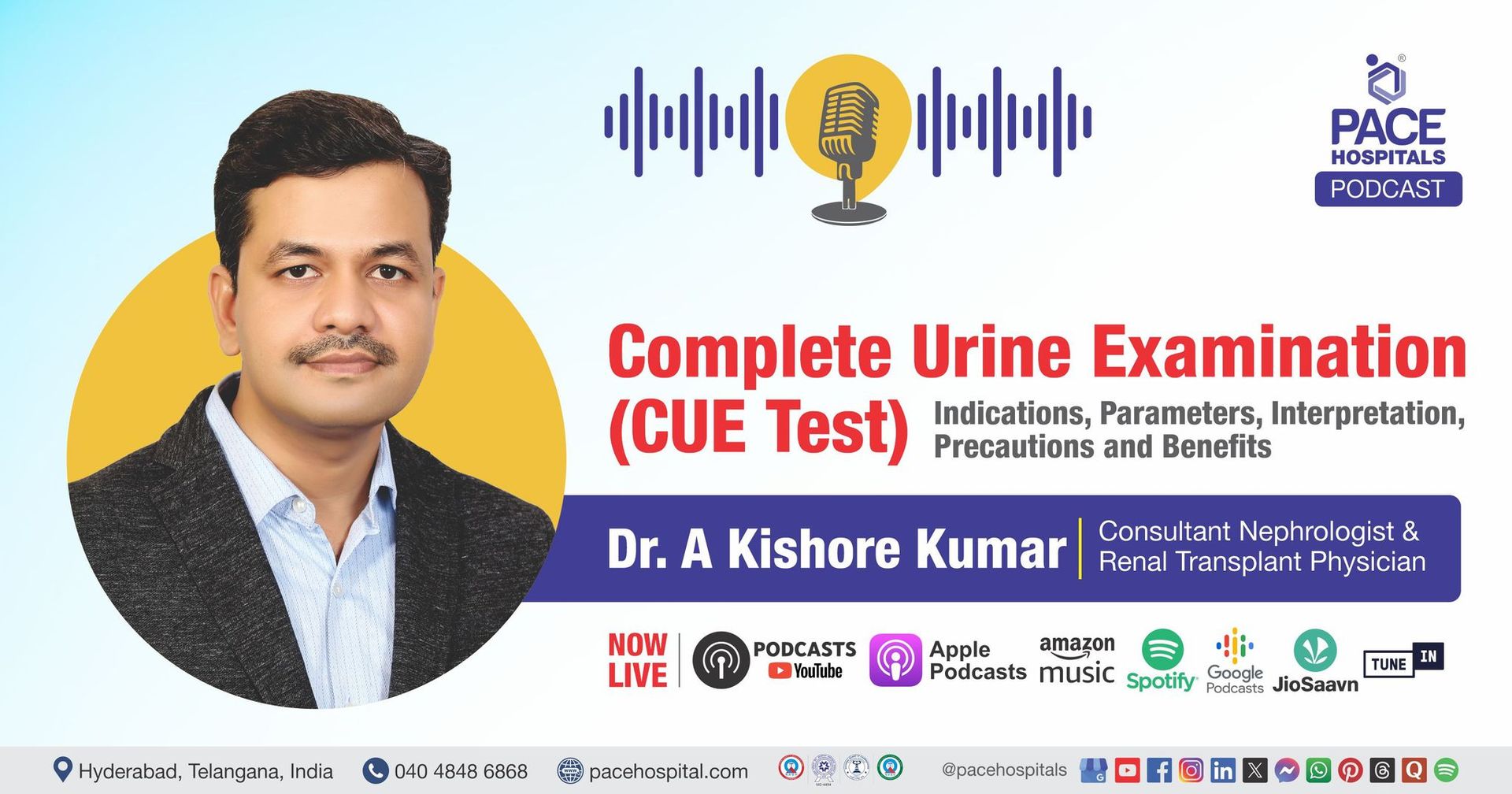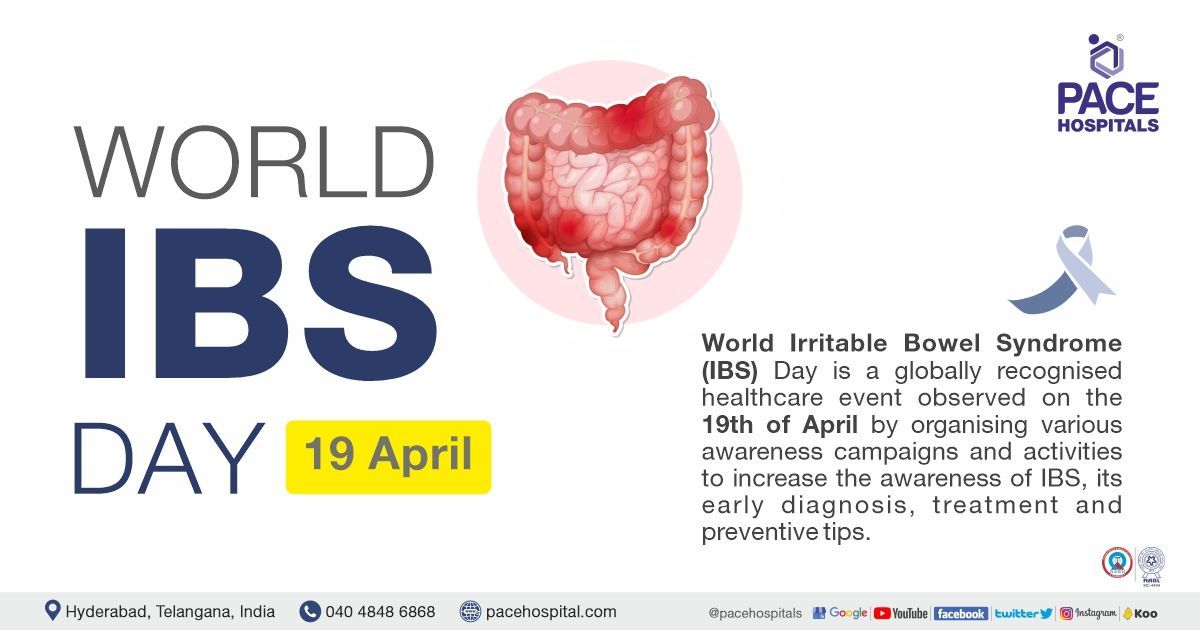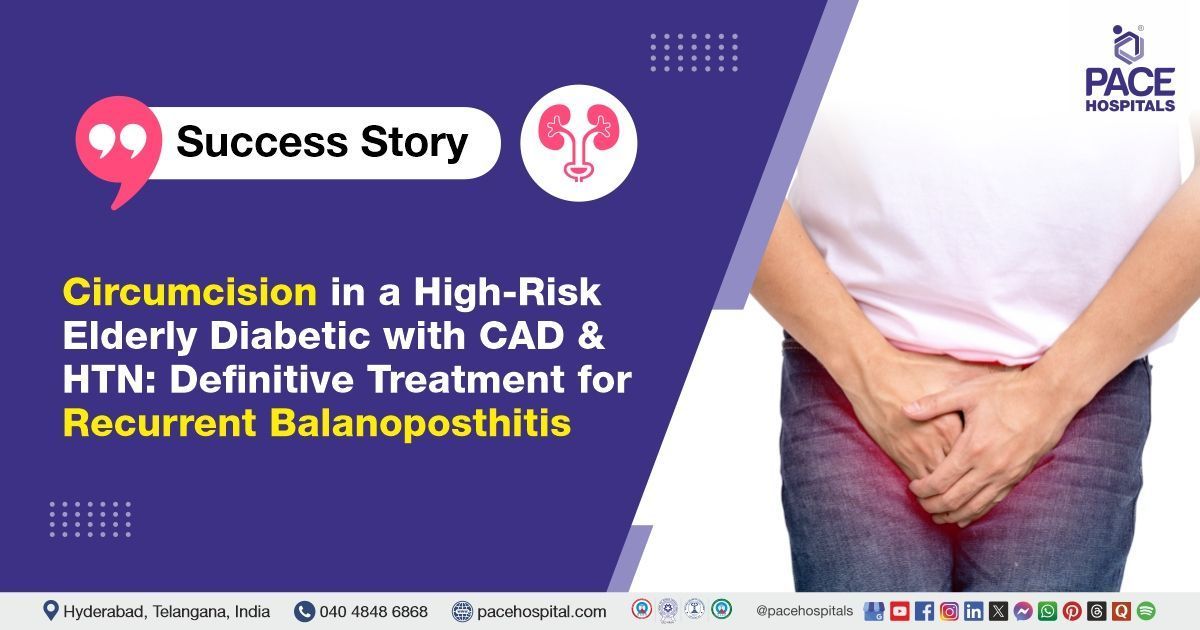Wife’s kidney donation saved husband from chronic kidney disease | Case study
PACE Hospitals' Kidney Transplantation team achieved a milestone with a successful Living Donor Kidney Transplantation (LDKT) for a 46-year-old male patient battling chronic kidney disease due to suspected chronic glomerulonephritis.
A 46-year-old male patient (Abhay Singh) with a history of suspected chronic glomerulonephritis was presented to the consultant nephrologist and renal transplant physician Dr. A Kishore Kumar.
Medical History
Delving deeper, it was understood that the patient was a known case of chronic kidney disease and was dependent on dialysis since at least 10 months. An arterio-venous fistula (an abnormal but necessary connection between an artery and a vein to facilitate dialysis) was made on the left hand and his urine output was lesser than 400 ml per day. The normal range for urine volume is 800-2,000 ml per day.
Diagnosis
Stage 5 chronic kidney disease (end stage kidney disease) Upon being admitted to PACE Hospitals and undergoing necessary investigations (blood tests, kidney function tests, liver function tests and imaging tests such as abdominal ultrasonography), to evaluate the patient’s profile, he was found to be diagnosed with:
Chronic kidney disease due to suspected chronic glomerulonephritis
The increase levels of serum glutamic pyruvic transaminase (SGPT) and serum glutamic-oxaloacetic transaminase (SGOT) demonstrates liver injury. It can be concurred with hypoxia condition of the chronic kidney disease which increased oxidative stress stimulating liver injury.
The native kidney disease was not exactly identified and was suspected to be chronic glomerulonephritis. The slightly anaemic profile of the patient can be traced to reduction of erythropoietin (an enzyme for the bone marrow to produce red blood cells) causing anaemia.
Treatment
After consultations with the team of kidney transplant surgeons - Dr. Vishwambhar Nath, Dr. Abhik Debnath and Dr. K Ravichandra, it was determined that a renal transplant was the only way to salvage the patient.
Promptly the patient was put on multiple lifesavings supports and continued haemodialysis. Efforts were made to obtain a kidney from donors. Understanding the condition of her husband, the wife of the patient came forward to donate her right kidney.
With necessary investigations done & clearances obtained, the patient underwent
living donor kidney transplantation (LDKT), receiving the right kidney. The procedure was supervised by the consultant nephrologist & renal transplant physician
Dr. A Kishore Kumar, and it was accomplished devoid of any complications.
The aftermath
Concerning the renal profile and the transplanted kidney, the post-operative period was uneventful. Since both the recipient and the donor are A+ blood group, incompatible complications can be ruled out. The graft placed in the right iliac fossa and end to side anastomosis to external iliac artery and vein.
The surgeons felt the thrill at the site of anastomosis and renal artery (thrill is a medical term which explains the common procedure to understand the flow of blood circulating through the anastomosis) The graft perfusion improved along with urine output gradually.
To improve flaccid kidney, anticardiolipin antibodies were infused after immediate perfusion, during the transplant surgery.
Post surgery, the patient was shifted to ICU and was kept on observation. The necessary medicines, immunosuppressives, antibiotics, proton pump inhibitors, multivitamins, antiemetics, analgesics, antipyretics & other supportive care were given to treat the conditions of transplant especially any rejection.
On the 5th day after surgery, the patient was extubated (removing an endotracheal tube liberating the patient from the mechanical ventilator). The serum creatinine level improved to 1.1 mg/dL. The serum creatinine level, which is one of the indices of renal function. Its normal level ranges from 0.74-1.35 mg/dL.
Regular tests were done to understand the overall health of the patient. On the same day the patient’s routine liver function test demonstrated transaminitis (a condition of increased liver enzymes called transaminases) The liver transaminases were on a decreasing trend. The medical team deduced that it could be an antibiotic induced liver insufficiency upon which, they abruptly stopped the antibiotics. Subsequently, the liver enzymes begun to rise up.
The patient and his attenders were counselled regularly regarding the prognosis of the transplantation and the graft, along with the risks that may come with it.
Once the patient achieved hemodynamic stabilization, he was discharged with the necessary medications and advice for follow-up. During discharge, the liver transaminases were stabilized. A stent was placed in the body (in situ). It is a regular surgical procedure to hold the ureter open until a proper pathway for urine drainage was reestablished, healing the surgical connection between the transplanted ureter and the bladder.
Dr. A Kishore Kumar (Consultant Nephrologist & Kidney Transplant Physician) who helmed the surgery, praised the selfless act of the wife and remarked the role of healthcare team in the procedure, “Thanks to the haste search efforts of family members and the medical acumen of the PACE team of coordinators and medical specialists, we could successfully accomplish the transplantation of the kidney. Both the donor and the recipient are doing well," said Dr. A Kishore Kumar, the consultant nephrologist & renal transplant physician, at PACE Hospitals, Hyderabad.
The happenstance of elevated liver enzymes after kidney transplantation
Elevated hepatic aminotransferases, - alanine transaminase (ALT) and aspartate aminotransferase (AST) are suggestive of hepatocellular injury. This is commonly seen in kidney transplant patients from various studies (7-67%). Drug induced liver disease is an expected chronic state seen after renal transplantation and represents the fourth highest cause of death in most transplant cases.
The main causes of hepatocellular injury post renal transplantation could include viral infections, reversal of previous liver disease, or drug induced hepatotoxicity. Hemodynamic alterations (blood issues) could also be attributed to the early transaminitis during the post-transplant period.
Elevated hepatic aminotransferases usually occur early which peaks at 72 hours post-renal transfer also declines early. and complete normalization. It was found that elevated liver enzymes were more frequently seen among kidney transplantations involving deceased donor when compared to that of the living donor kidney transplantations.
Research demonstrated that the presence of oxidative and inflammatory stress associated the damage could show detrimental effects on the liver, increasing the hepatic aminotransferases.
Share on
Request an appointment
Fill in the appointment form or call us instantly to book a confirmed appointment with our super specialist at 04048486868

